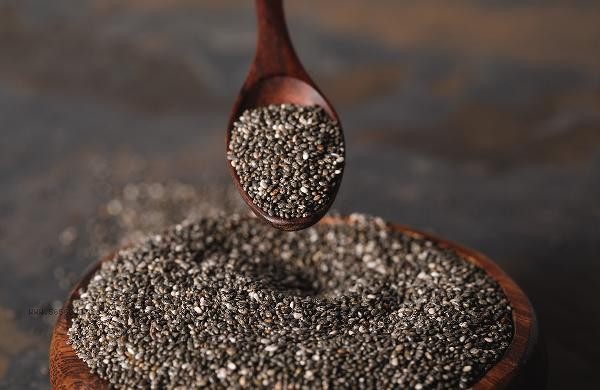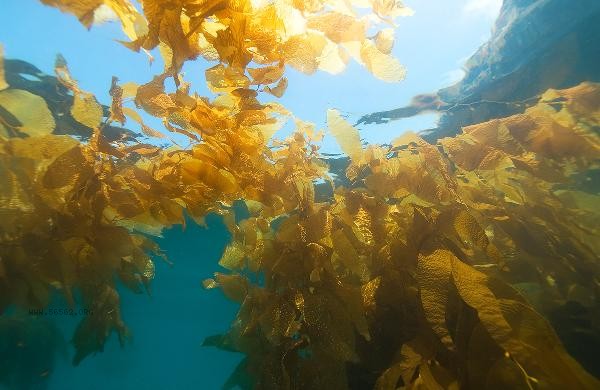The correct storage methods for wet seaweed mainly include refrigerated storage, frozen storage, vacuum storage, dry storage, and saline storage.

1. Refrigerate storage
Place wet seaweed in a fresh-keeping box or bag, seal it, and place it in the refrigerator compartment. The refrigeration temperature is controlled at 0-4 degrees Celsius and can be stored for 3-5 days. Be careful to avoid mixing with other foods with strong odors to prevent cross contamination. During the refrigeration period, it is necessary to regularly check if the seaweed has deteriorated. If any odor or discoloration is found, it should be discarded immediately.
2. Cryopreservation
After draining the wet seaweed, pack it into sealed bags and try to remove the air inside the bags before placing it in the freezer. Freezing storage can extend the shelf life of seaweed to 1-2 months. When in use, there is no need to thaw, simply take out the required amount and cook. Freezing preservation can effectively preserve the taste and nutritional content of seaweed, making it suitable for long-term storage.
3. Vacuum preservation
Use a vacuum packaging machine to vacuum wet seaweed and seal it for preservation. A vacuum environment can effectively isolate oxygen, inhibit microbial growth, and extend shelf life to 7-10 days. The taste of seaweed stored in vacuum is close to fresh state, with less loss of nutrients. Note that after vacuum packaging, it still needs to be refrigerated and consumed as soon as possible after opening.

4. Dry storage
Spread the wet seaweed out to dry or use a low-temperature dryer to reduce its moisture content to below 15%. Dried seaweed can be stored in a sealed container at room temperature for 3-6 months. Dried preserved seaweed has a small volume and light weight, making it easy to store and transport, but some water-soluble vitamins may be lost.
5. Salinization preservation
Mix wet seaweed with salt in proportion and marinate it, using a high salt environment to inhibit bacterial growth. Salted seaweed can be stored for 2-3 weeks under refrigeration conditions. Soak in water to remove salt before consumption, suitable for making seaweed dishes or seasonings. Patients with hypertension should control their intake of salted seaweed. Seaweed is rich in minerals such as iodine, calcium, iron, and various vitamins, making it a highly nutritious seafood. Regardless of the storage method used, attention should be paid to the cleanliness, hygiene, and sealing of the container. Regularly check the condition of the seaweed during storage, and discard it immediately if mold or odor is found. It is recommended to choose a reasonable storage method based on actual usage, and try to consume it within the optimal consumption period to obtain the best nutritional value and taste. The cooked seaweed dishes should be consumed after meals and should not be stored for a long time.









Comments (0)
Leave a Comment
No comments yet
Be the first to share your thoughts!